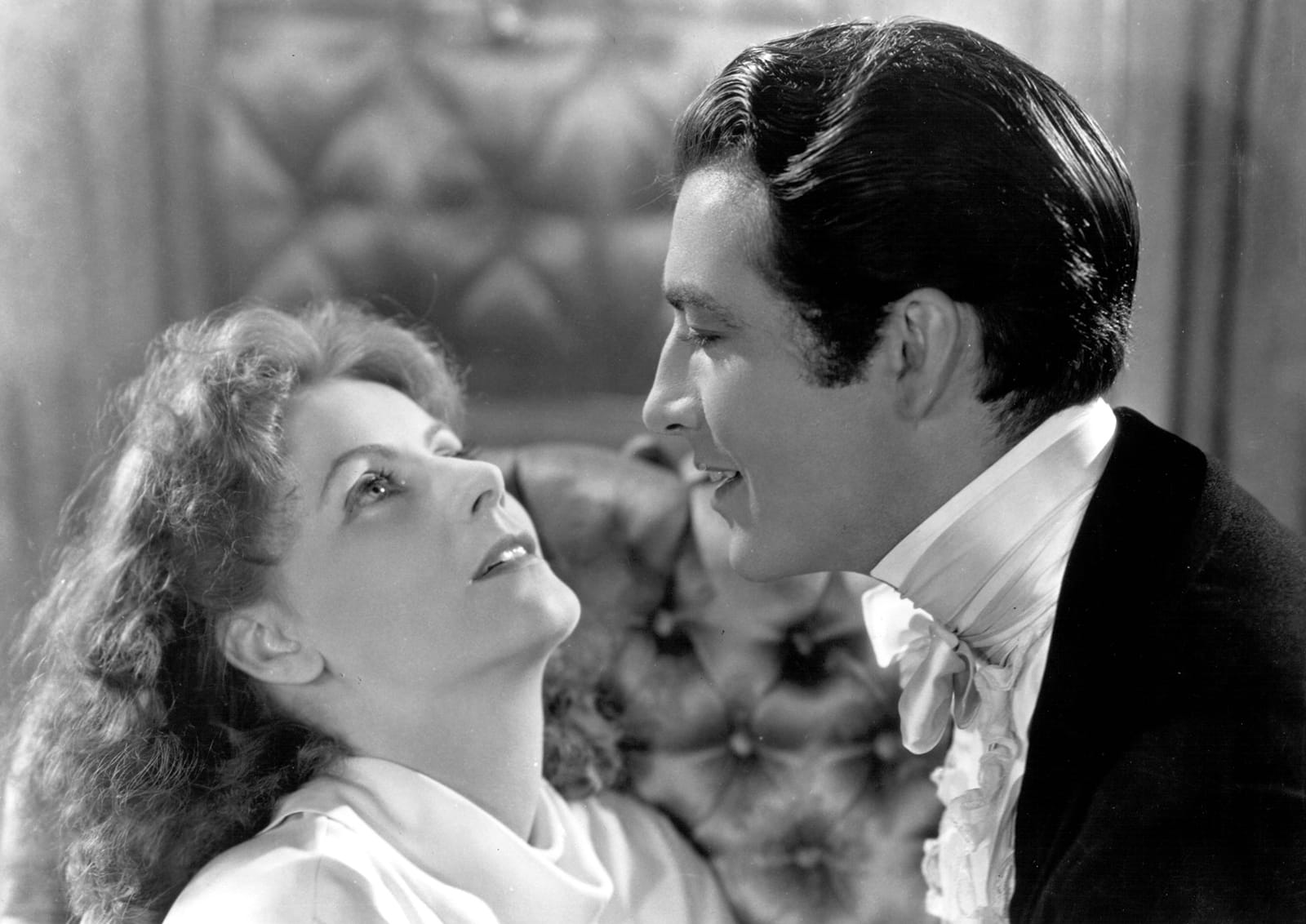George Cukor’s Way with Women

“To begin with, Gone with the Wind is a woman’s story . . . Mr. Cukor, one of Hollywood’s finest directors and the man who has directed Hepburn and Garbo in some of their best, is known as a woman’s director . . . Mr. Gable became aware of these two facts and became suddenly unhappy, not without reason, one must admit.”
—“Cal York’s Gossip of Hollywood,” Photoplay, May 1939
This pseudonymous tidbit—about George Cukor’s infamous and still-debated firing as director of Gone with the Wind—is one of few references in the era’s movie magazines to a tag well known in the industry: George Cukor, woman’s director. And there’s a reason why that description was generally kept out of print. William Wyler also directed actresses to acclaim and Oscars in movies aimed squarely at what critics of the time called “the femmes” or “the distaff side,” and the phrase was almost never applied to him. In studio-era Hollywood, “woman’s director” didn’t merely describe Cukor’s skills or the scripts he chose. They were calling him gay (“not without reason” was the extra hint for the hip). Of course he can direct women, went the argument. He’s gay, that means he’s effeminate, that means he understands women in a way that macho guys never could.
Joseph L. Mankiewicz put it this way: “The women adored him simply because they felt at ease. And women by and large didn’t feel at ease [in that era].” That thesis isn’t unreasonable, but the flaws aren’t hard to spot. Many directors, from gentle souls to absolute tyrants, have drawn great performances from actors. But the ability to work with them in true collaboration is a talent you either have or you don’t. The very heterosexual Mankiewicz was himself a great director of women, while a number of actresses are alive to testify that Rainer Werner Fassbinder’s being gay didn’t make him any easier to work with.
As revered as Cukor is, his uncanny knack with actresses is often undervalued, even by admirers. All of the films in the Criterion Channel’s program this month exhibit the beauty of Cukor’s direction, such as the magnificent series of tracking shots that trace the heroine’s first entrance to the studio in What Price Hollywood? (1932). If they also emphasize the abilities of legendary stars like Katharine Hepburn and Greta Garbo, that isn’t a minor consideration. It’s the essence of Cukor’s genius.
“In addition to being one of Hollywood’s more cultured directors, Cukor was and remained a fanboy, whose years of star-worshipping became an ability to spot and nurture star quality.”













